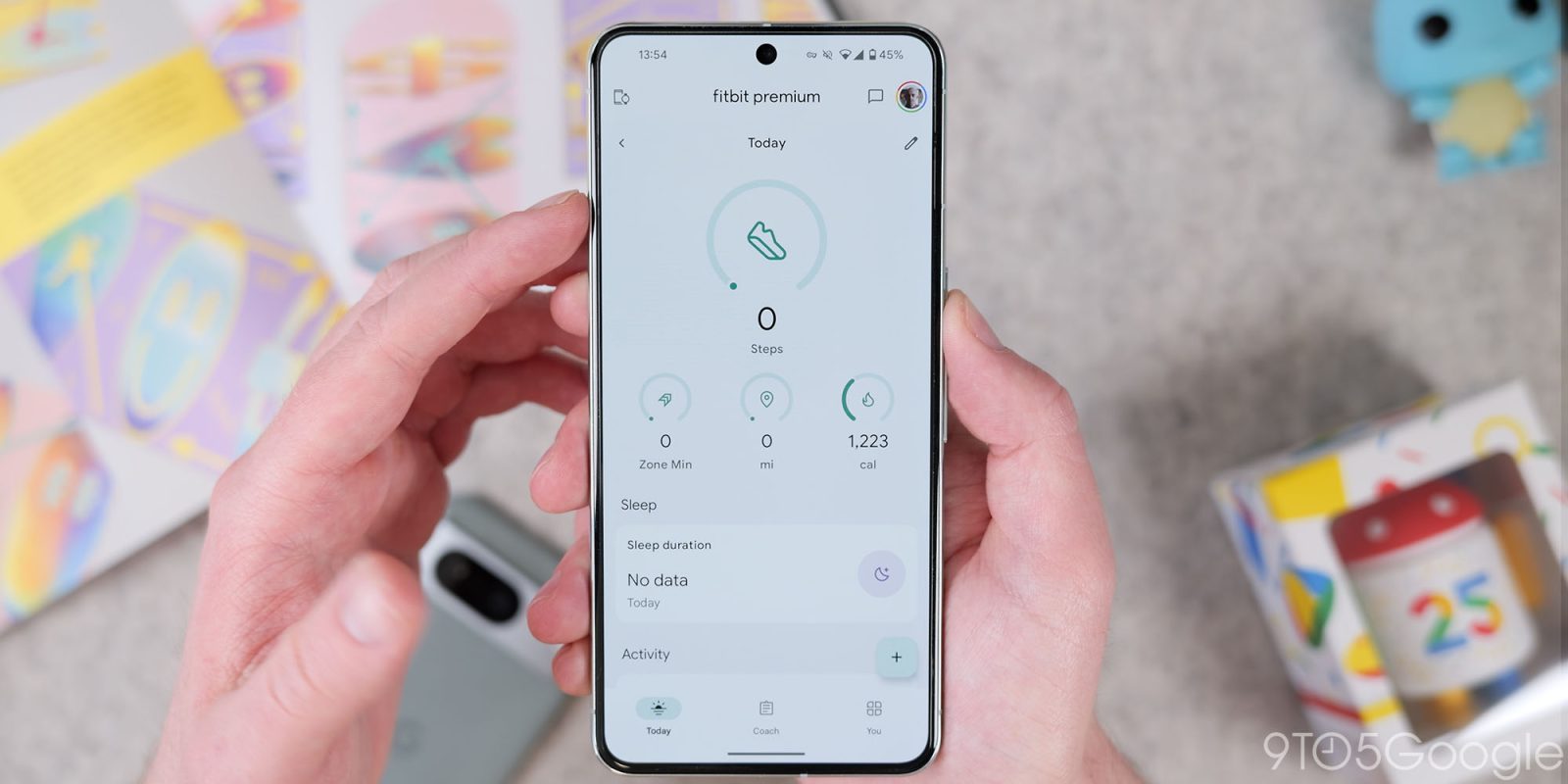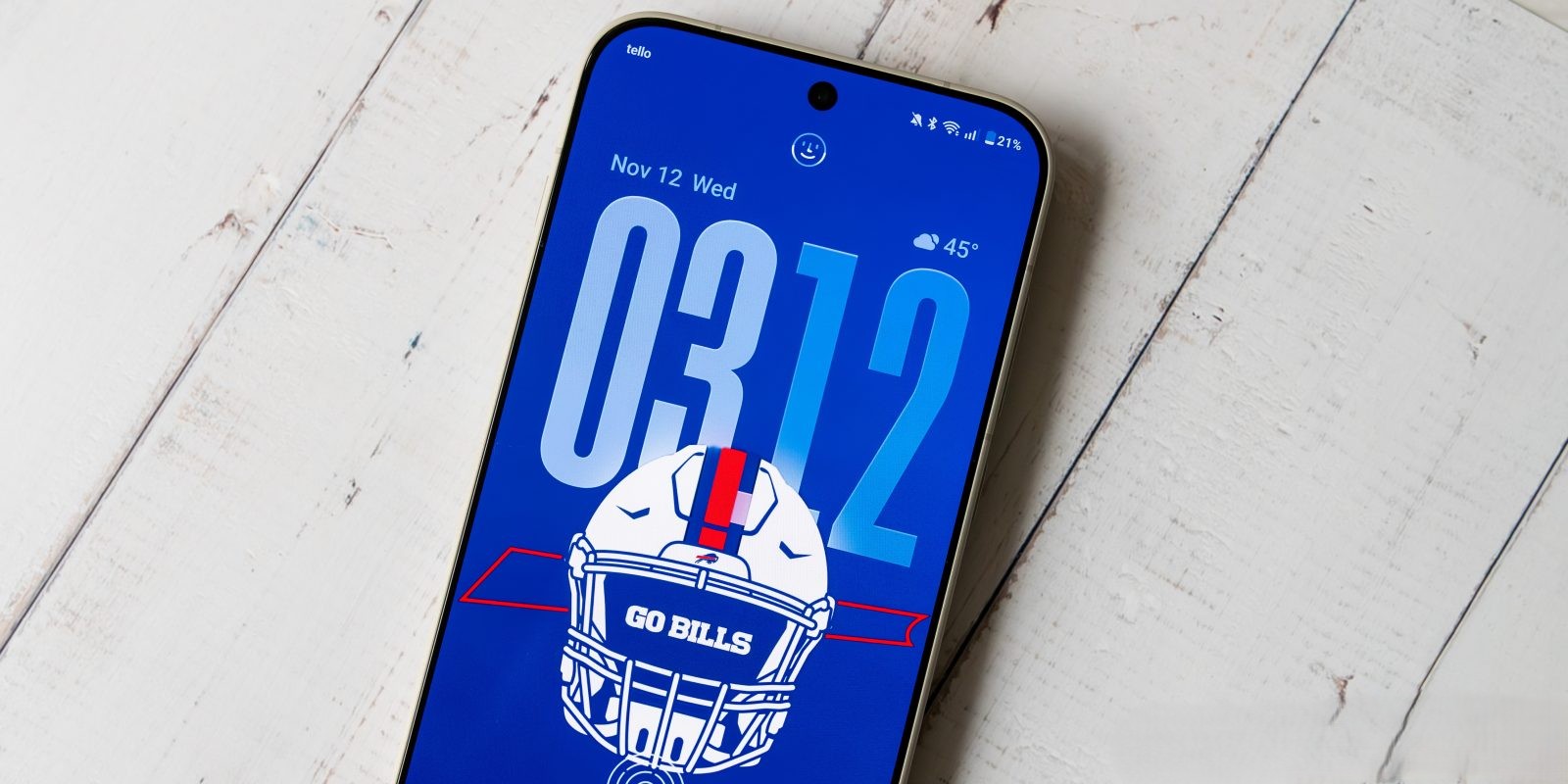Fitbit has unveiled a significant redesign of its Health Metrics Dashboard, aiming to provide users with a more intuitive and informative experience. This update introduces a streamlined interface, improved data visualization, and expanded access to health metrics, reflecting Fitbit’s commitment to empowering users in their health and wellness journeys.
A Modernized Interface
The previous Health Metrics Dashboard was often criticized for its web-based appearance, which lacked the seamless integration expected in a native app environment. Addressing these concerns, Fitbit has overhauled the dashboard to offer a more cohesive and user-friendly interface. The redesign eliminates the former two-tab layout, replacing it with a unified page that presents key health metrics in a clear and accessible manner. Users are now greeted with a five-part gauge displaying metrics such as Breathing Rate (BR), Blood Oxygen Saturation (SpO2), Resting Heart Rate (RHR), Heart Rate Variability (HRV), and Skin Temperature Variation. This consolidated view allows for quick assessment of one’s health status at a glance.
Enhanced Data Visualization and Accessibility
In addition to the interface improvements, Fitbit has expanded the timeframe for viewing health trends. Users can now access Week, Month, and Year views, extending beyond the previous 7, 30, and 90-day limitations. This enhancement enables a more comprehensive understanding of long-term health patterns. Each metric is accompanied by detailed explanations, aiding users in interpreting their data effectively. This approach aligns with Fitbit’s goal of not just presenting data but providing actionable insights that can inform health decisions.
Broader Access to Health Metrics
A notable aspect of this update is the democratization of health data access. Previously, certain features within the Health Metrics Dashboard were exclusive to Fitbit Premium subscribers. However, Fitbit has now made these features available to all users, regardless of their subscription status. This change includes access to 30-day and 90-day trends for metrics such as heart rate variability, SpO2 readings, skin temperature, breathing rate, and resting heart rate. By removing these features from behind the paywall, Fitbit is enhancing the value of its devices and promoting a more inclusive approach to health monitoring.
User-Centric Design Philosophy
The redesign is part of Fitbit’s broader initiative to transition from merely collecting data to offering meaningful insights and actionable information. The company aims to simplify complex health metrics, making them more accessible and understandable for a diverse user base. This philosophy is evident in the app’s updated design, which features a refined color palette, refreshed photography, and illustrations that reflect the diverse Fitbit community. The incorporation of Google’s Material Design standards ensures a modern and cohesive aesthetic across the app.
Simplified Navigation and Personalization
The updated Fitbit app introduces a three-tab structure to enhance navigation and personalization:
– Today Tab: This tab provides a snapshot of daily stats, allowing users to customize which metrics are displayed based on personal goals. Consistent charts and graphics offer clear visualizations of health trends over various timeframes.
– Coach Tab: Serving as a hub for health and fitness content, this tab offers a curated selection of workouts and mindfulness sessions. Fitbit Premium subscribers gain access to additional content, including HIIT and dance cardio classes. Enhanced filtering options enable users to find sessions that fit their schedule and equipment availability.
– You Tab: This section allows users to manage personal details, adjust goals, track achievements, and connect with the Fitbit community. Redesigned badges and a focus on social connections encourage engagement and motivation.
Commitment to Privacy and Security
With the integration of Google’s industry-leading privacy and security measures, the redesigned Fitbit app offers unified controls for managing health data and permissions. Users can trust that their health and wellness data will not be used for Google ads and will remain separate from Google ads data, ensuring a secure and private experience.
Looking Ahead
The rollout of the redesigned Health Metrics Dashboard is currently underway for both iOS and Android users. While the update is not yet universally available, Fitbit plans to extend access to all users in the coming weeks. This redesign represents a significant step forward in Fitbit’s mission to provide users with tools that not only track health data but also offer insights and guidance to improve overall well-being.
As Fitbit continues to evolve its platform, users can anticipate further enhancements that prioritize user experience, data accessibility, and actionable health insights. This commitment underscores Fitbit’s dedication to supporting users in their health journeys through innovative technology and thoughtful design.



